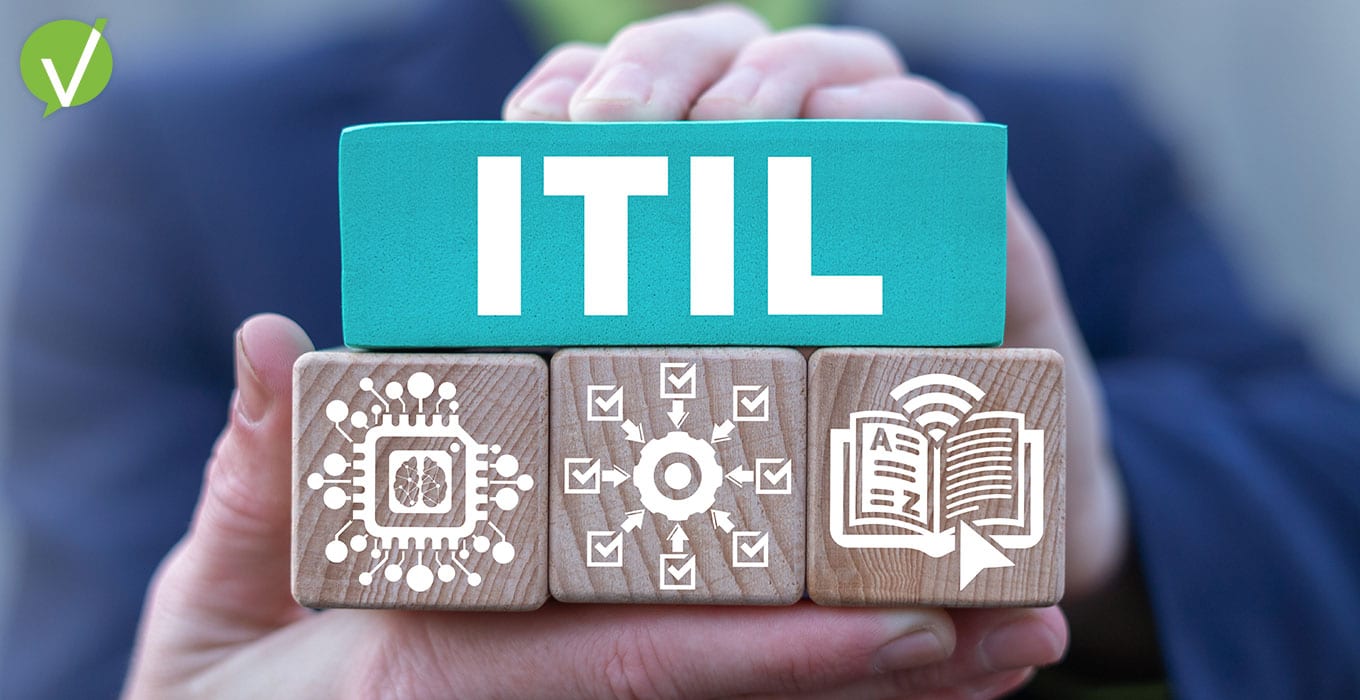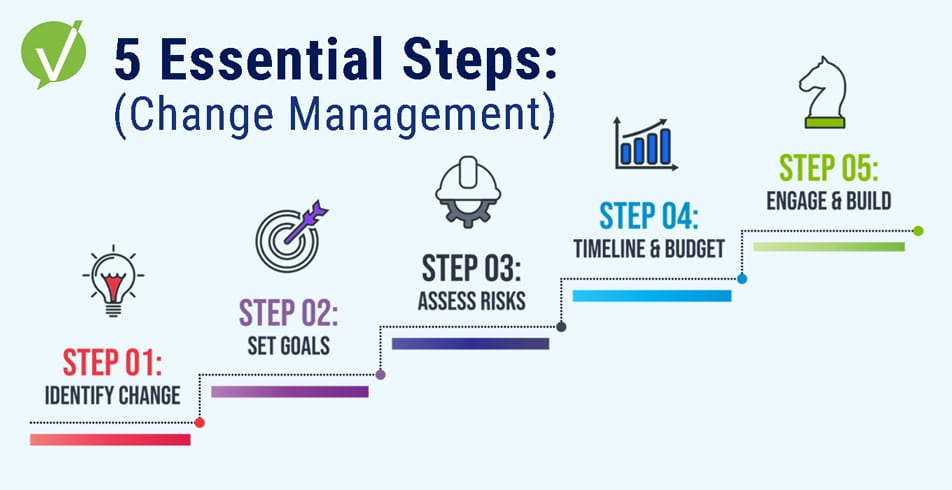ITIL Configuration Management Within the ITIL Framework
The configuration of IT assets is one of the most vital first steps in creating a functional network. Most firms establish a schedule for ongoing maintenance and plan on making essential upgrades to improve their IT infrastructure on a continual basis.
This kind of asset management requires a high level of awareness and oversight, as issues with configuration can result in significant downtime. When companies don’t have the right system in place for an accurate overview of IT asset interactions, it can extend this inactivity even further.
Using management practices from the information technology infrastructure library (ITIL) configuration gives IT departments a quality framework from which to oversee their networks. Adopting this structure requires an understanding of ITIL principles, including:
- What configuration management is
- Configuration management key terms
- Configuration management processes
Let’s break down each of these topics in greater detail before discussing the most effective way to implement configuration management best practices.
What Is Configuration Management?
Configuration management focuses on setting up and arranging a company’s physical IT assets. These include computers, servers, switches, printers, and any other electronics and connectors that comprise a commercial IT infrastructure. Managing these assets means ensuring all components are functioning properly and can access the data and power they require.
Why Does it Matter?
As we have discussed, hardware issues can cause significant downtime. If businesses don’t have an effective way to monitor networks—and the flow of power and data throughout—it becomes difficult to detect failure points and properly diagnose issues. The longer it takes to diagnose network failures, the higher the risk of extended downtime, security breaches, or permanent data loss.
Additionally, a configuration management database is necessary to manage a change management (CM) process, as well as to link assets to approved change requests. This makes a configuration management a must to ensure that all changes are processed accurately, efficiently, and in a way that allows for standardized record-keeping for future audits.
ITIL Configuration Management Key Terms
In order to comprehend exactly what ITIL prescribes in terms of configuration management, business leaders must know a few key terms included in the procedures we will discuss.
Some key terms that managers should know when reading up on ITIL configuration management include:
- Configuration Model. A software tool that detects and monitors the assets in an IT network configuration. This is an illustration of the network that gives IT staff an “at-a-glance” view of how everything in the network functions. It also detects and reports changes in configuration and errors within the network.
- Configuration Item. Includes anything in the network that is required to keep it running. This encompasses everything from individual files, to complete software tools, to physical hardware assets.
- Service Asset. Service assets refer to non-physical assets of an IT network, including software tools and services used to maintain it. This also includes third-party services not under the direct control of IT managers.
- Configuration Records. Documentation of the network configuration, including past and present configurations.
- Configuration Management Database (CMDB). A database that stores the aforementioned configuration records.
- Definitive Management Library (DML). A secured database containing more protected configuration items and master copies of important data and programs.
Now that we’ve covered some essential terminology, let’s dive into the processes involved with configuration management.
ITIL Configuration Management Processes
The following processes make up the primary building blocks of configuration management. Businesses can ensure their IT network is managed effectively by properly implementing:
- Planning. The process of deciding what level of management is required by each individual configuration item, the model upon which the network will be based, and the performance reporting structure.
- Identification. The process of determining both physical and service assets, classifying them and organizing each configuration item. This includes hierarchies of data access, power delivery, and administrative control.
- Control. The process of executing the policies and procedures laid out in ITIL to control software access and physical configuration. This also includes maintaining compliance with regulations, security standards, data migration, asset distribution, and installations.
- Status Reporting. The process of reporting the health and changes in the IT network. This includes upgrades, repairs, incident reports, reconfigurations, etc. These reports should be archived to ensure the business retains baseline data on all configurations they have utilized, and allow for an accurate decision on what does or does not work.
- Auditing. The process of performing network reviews to ensure the network is performing optimally, compared to historical baselines outlined by prior reports.
How Can Businesses Improve Configuration Management?
Although some businesses choose to update their entire configuration management structure from scratch, using a quality ITSM software platform based on the ITIL configuration management best practices and principles is a much faster, more comprehensive way to initiate this transformation.
This ITIL-templated approach is especially true for small businesses that have grown to mid-size and beyond; a proper software tool is essential for such companies to ensure they meet every requirement to move an entire IT department in the right direction simultaneously.
Elevate ITSM with Vivantio
While using an ITIL framework for configuration management can work wonders for businesses, it won’t help if managers choose a platform that doesn’t offer all of the necessary features. Vivantio’s cutting-edge customer service software platform offers everything you need and more, including:
- Endless integrations to make implementation easy
- Automatic ticket routing to ensure every ticket gets to the proper agent
- Workflow designer tool that allows managers to customize the framework of their CS operations without any technical knowledge required
- White-label service portals so businesses can maintain a cohesive brand throughout the service process
- A holistic view of each client to ensure that no agent is left without vital information
For businesses seeking ways to bring their customer experience into the modern age, Vivantio is a premium option.
For more than two decades, Vivantio has helped clients optimize their service organizations by leveraging a unified service management platform. To find out how Vivantio can help you implement ITIL configuration management, contact our team today or register for a free demo.














